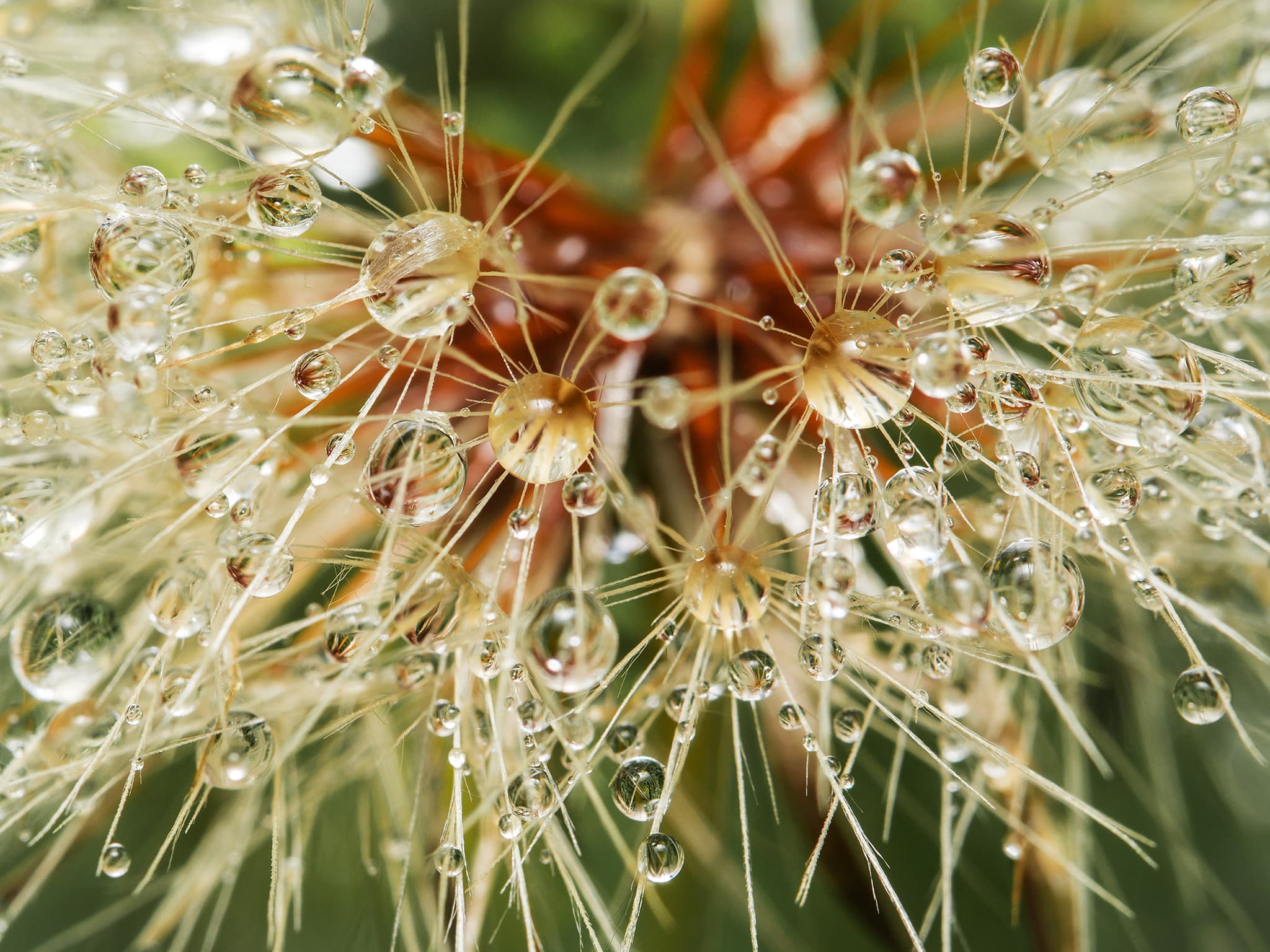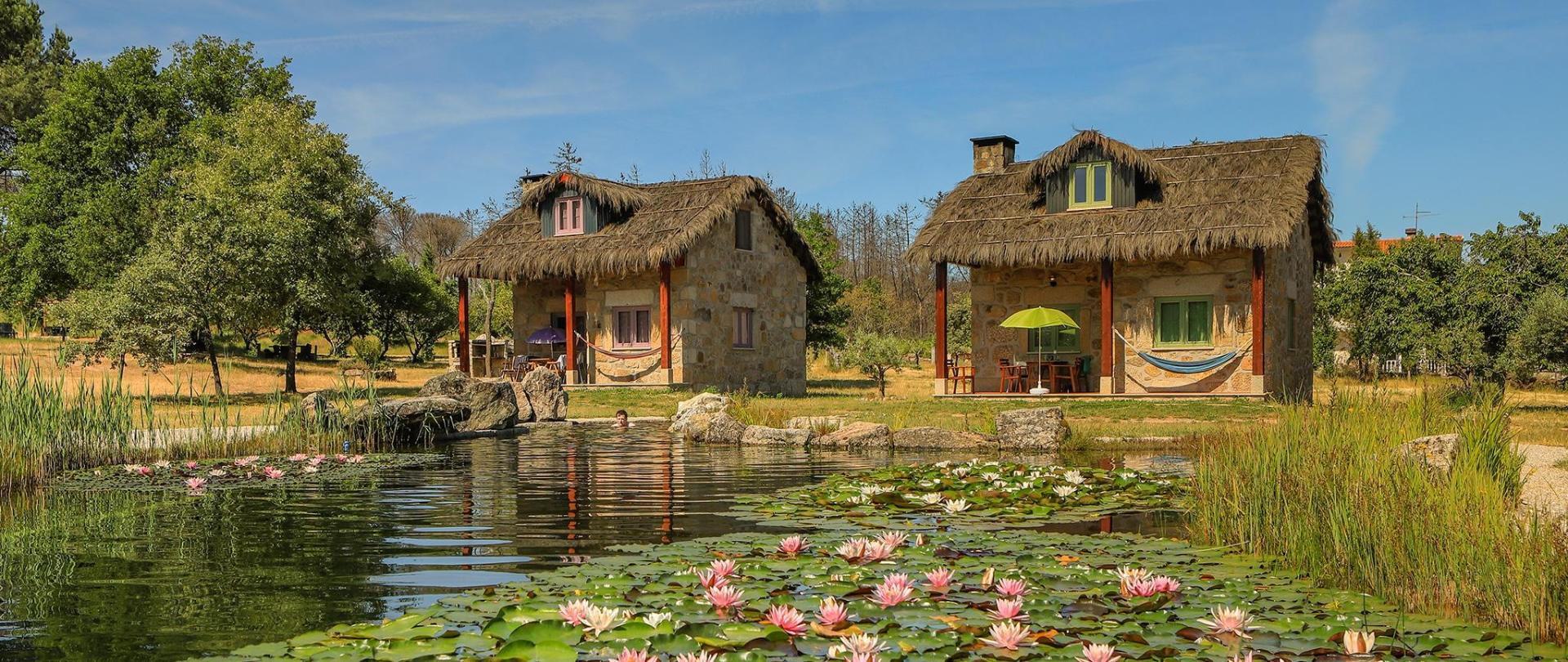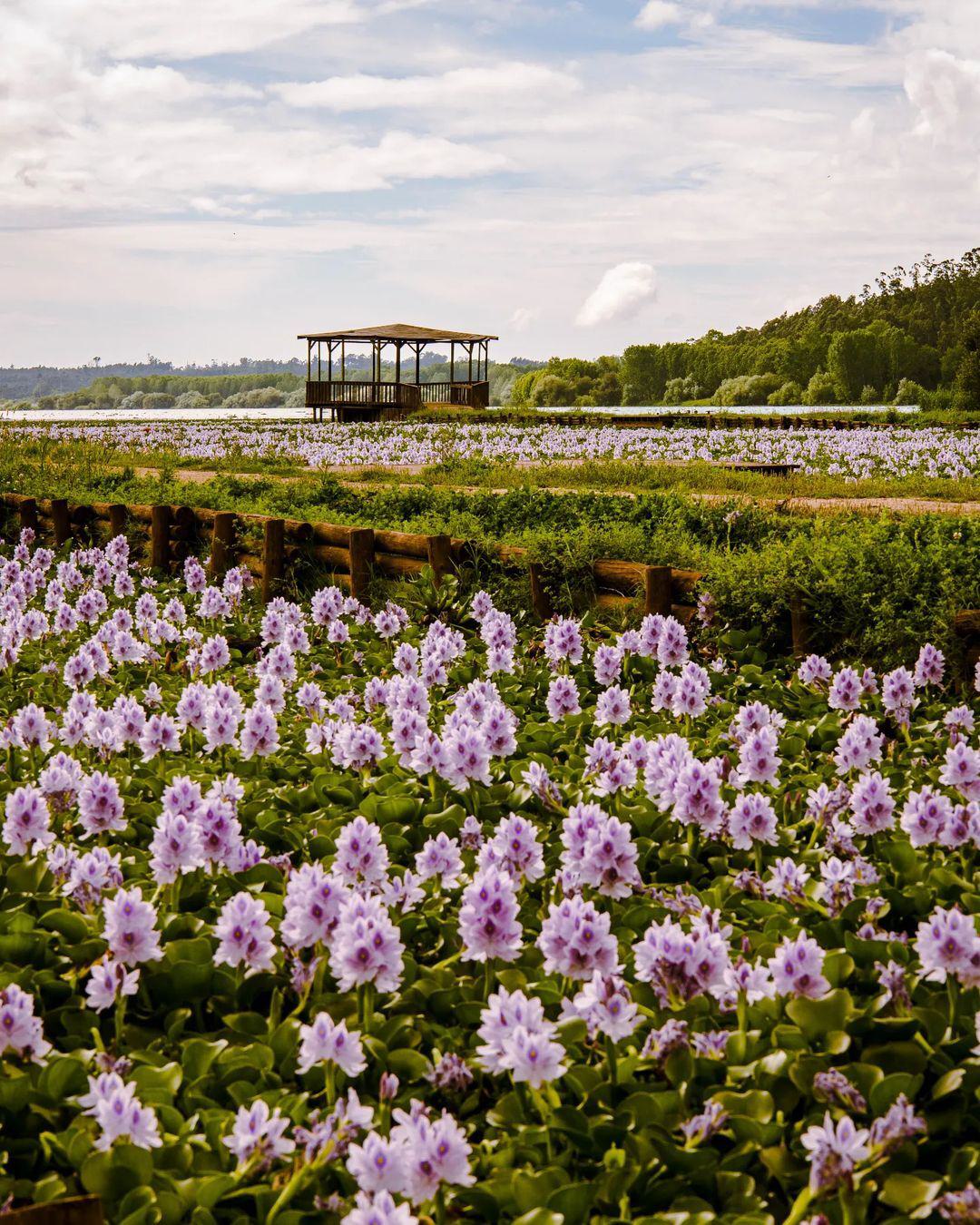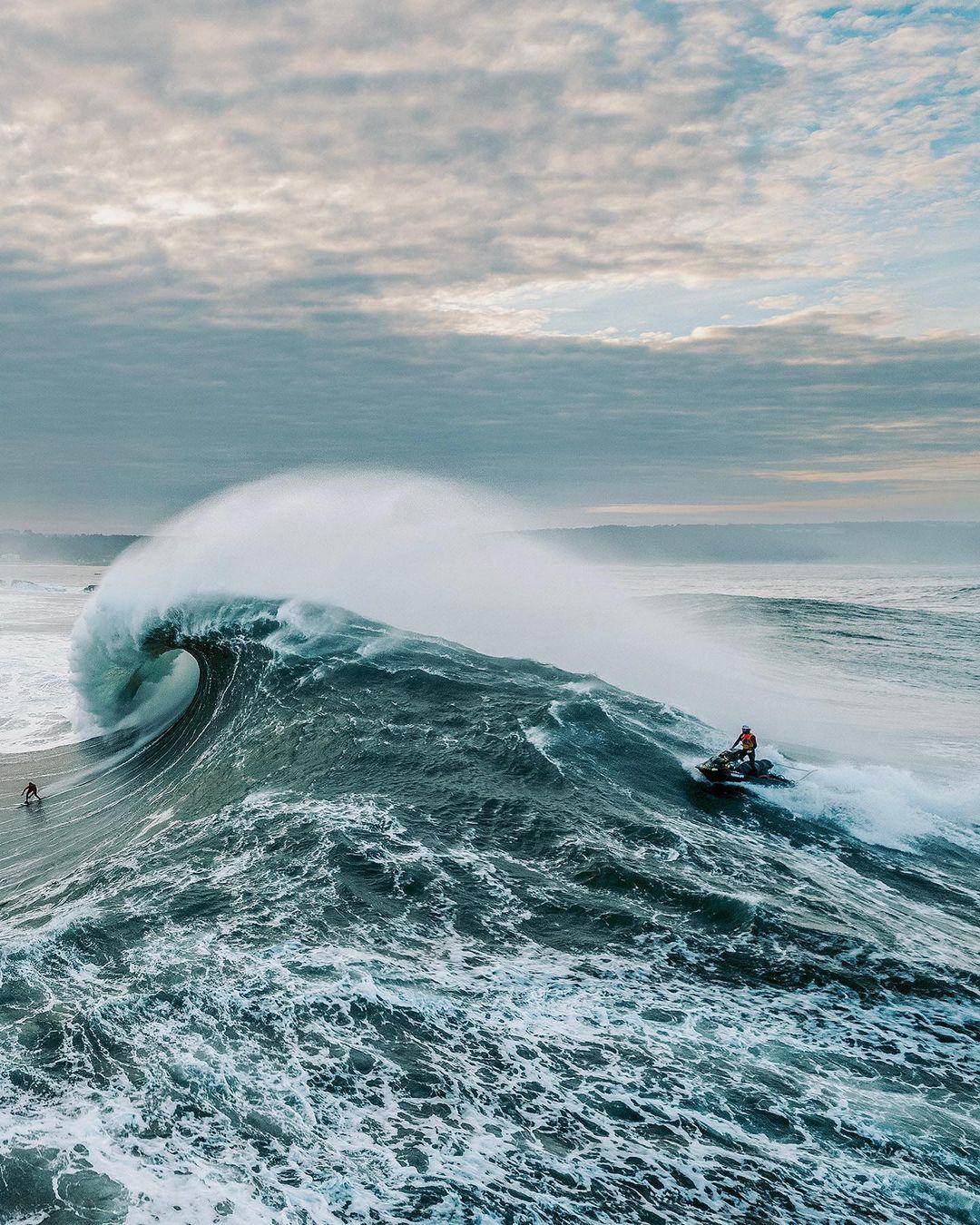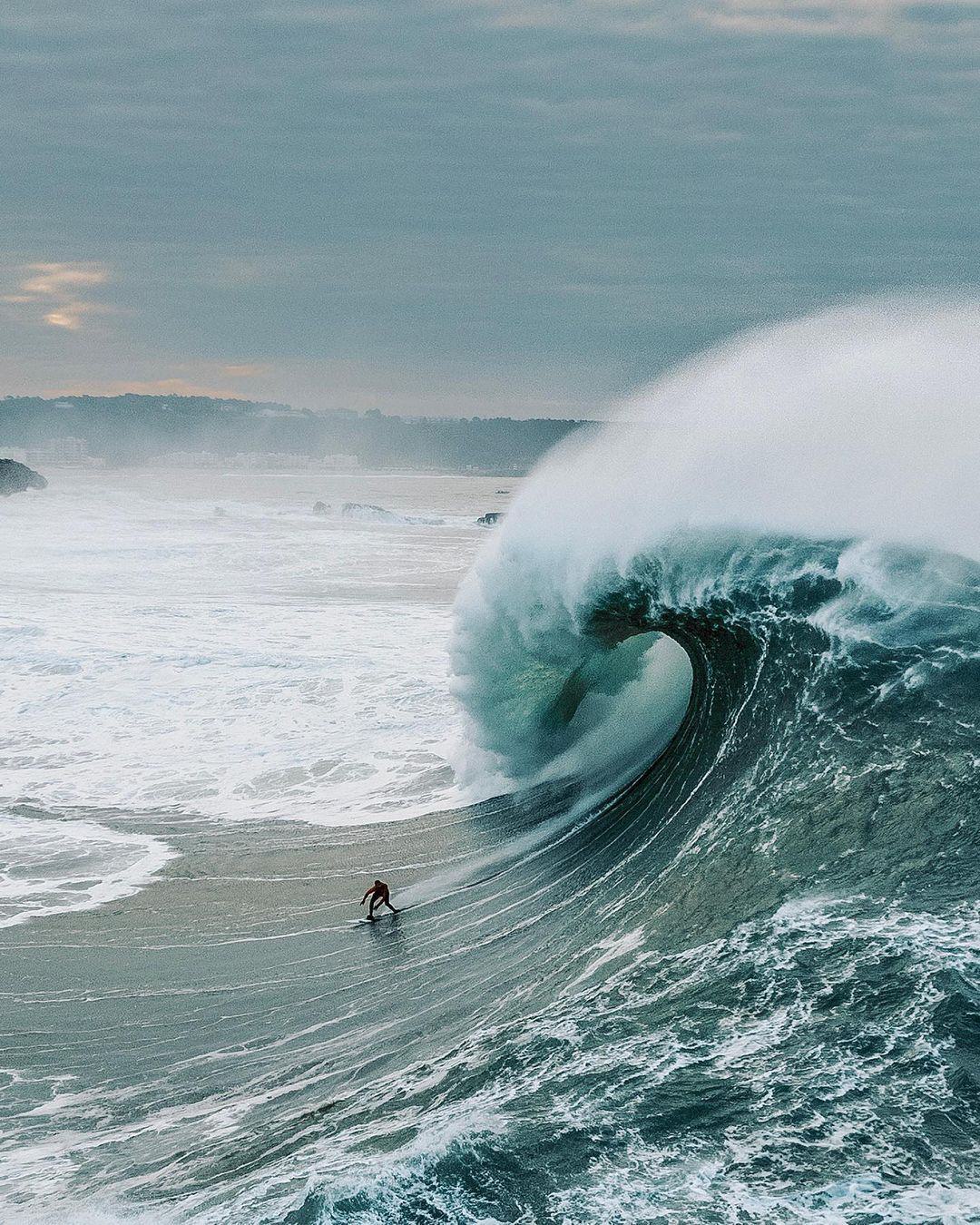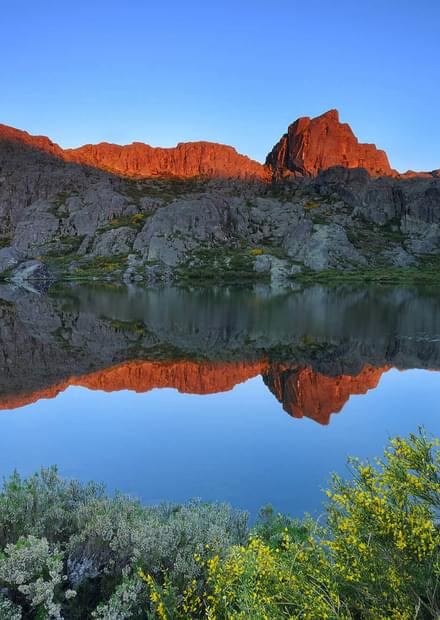Beethoven's revolutionary Symphony no. 6, Pastoral Symphony, pays homage to the future. And to the unstoppable power of creation.
Pastoral Symphony
The Sixth Symphony was composed between 1806 and 1808, but sketches of the work can already be found in notebooks dating back to 1802. The very title of the symphony gave Beethoven some trouble: he initially thought of calling it "Characteristic Symphony, or Recollections of Country Life". He then imagined calling it "Sinfonia Pastorella", but finally chose the name we know today: "Pastoral Symphony". A unique Beethoven experience, the "concept" of this symphony is based on the movement of trying to use so-called "pure" music to express extra-musical realities and contents.
However, this concept should not be associated with programmatic music. Strictly speaking, there is no text or literary programme that explains the musical development. Pastoral music doesn't tell a "story". Beethoven himself states that "description is useless", and he stamps on the forehead of the score that the music was "more an expression of feelings than a painting". This statement explicitly and consciously links Beethoven to romantic ideology and makes him recognise that musical art can only refer to the world as a sonic existence. In the Pastoral, the "countryside impressions" are the composer's own impressions, which he transfigures and elaborates into musical realities. There is no description in the Pastoral. Rather, there are evocations of personal impressions that are consciously processed and elaborated, and finally sublimated into musical language.
Just like in "Pastoral Symphony" it's all about conveying emotions, reading the world around us with the heart. We invite you to discover Center of Portugal in 2024 and all its fascinating destinations filled with bucolic charm.
Allegro ma non troppo
The first movement of Beethoven's Pastoral Symphony is "Allegro ma non troppo", depicting the awakening of cheerful feelings on arrival in the countryside. This symphony is a hymn of gratitude to Nature. A love letter to the natural world. In Center of Portugal there are endless spots that awaken these feelings of cheerfulness, inhabited by the joyful sounds of nature. The one-and-only accommodation Chão do Rio, at the heart of Serra da Estrela Natural Park, is one of those places of sheer happiness.
Chão do Rio
Situated in Travancinha, 12 km from the Serra da Estrela Natural Park, Chão do Rio - Turismo de Aldeia offers a sustainable living experience. On their 8-ha farm, nature is cherished and enjoyed by guests.
The 7 comfortable thatched stone houses are arranged around the organic pool, built to resemble the lagoons of Serra da Estrela. Breakfast is served in baskets and includes regional specialities.
Guests are encouraged to explore the nearby trails on foot or with the freely available bicycles. Children can entertain themselves with wheelbarrows, collect eggs from the mobile chicken coop, feed the sheep named "Serra" and "Mel", have a dip with the frogs, or simply play freely and safely.
Andante molto mosso
The second movement of Beethoven's Pastoral Symphony is "Andante molto mosso", portraying a scene by the lake. It begins with the strings playing a motif that imitates flowing water.
Water is energy and also a provider of inner peace. From the coastline to the inland across diversified landscapes and habitats, inhabited by a profusion of fascinating botanical and animal species. These belvederes are the perfect gateway to a more peaceful place. Where we can truly unplug and enjoy the offline luxury. By the water. Pateira de Fermentelos is one of those magical spots.
Pateira de Fermentelos
Pateira de Fermentelos is known as the enchanted lagoon or the sleeping lagoon, located in Águeda, half an hour away from Aveiro. It stands out as one of the greatest natural lagoons in the Iberian Peninsula, owner of a deeply rich fauna and flora. It covers an area of variable surface and depth, according to the season of the year, in a maximum of 5 sq km along the councils of Águeda, Aveiro and Oliveira do Bairro, before the confluence of Cértima River with Águeda River.
The name "pateira" evokes the Portuguese word "pato", meaning duck, and hence the abundance of ducks so typical of the Vouga region and of its tributary Rivers.
Pateira de Fermentelos owns a deeply diversified fauna and flora. In the wetland area - included in the Natura 2000 Network - which encompasses open waters and the flooded vegetation on the banks and lines, dominate the habitats of reed (Phragmites communis), along with Tabúa (Typha sp.) and Bunho (Scirpus lacustris). A fact less known is that in the surrounding areas of the Lagoon there are carnivorous plants, such as Pinguicula lusitanica!
Inhabited by more than 150 bird species, this breath-taking lagoon is a genuine paradise for bird-watching aficionados. The main bird species being: the little bitern (Ixobrychus minutus), the purple heron (Ardea purpurea), the western Marsh harrier (Circus aeruginosus), the black kite (Milvus migrans) and the colourful common kingfisher (Alcedo atthis).
Owner of an unusual poetical beauty, Pateira de Fermentelos is also a Mecca for photography fans! Offering several romantic spots, this enchanted lagoon can be a great spot for enjoying soul-soothing days, away from the stress of everyday life!
Allegro
The third movement of Beethoven's Pastoral Symphony is "Allegro", presenting a merry gathering of country folk. The tiny inviting villages of Center of Portugal are attracting younger generations, gaining a brand new life. These villages are the epicentre of a stress-free lifestyle. In Portugal, we celebrate life with food, sitting at the table with our beloved ones! Food for body and soul.
Food for body and soul
In Montemuro Mountain the knowledge of Mother Nature is as ancestral as the involving natural landscapes. The inhabitants of the cosy villages of Montemuro Mountain know by heart which is the best time to plant and the best time to harvest. Food has almost a sacred meaning, for every product must be eaten in its due time. This is the secret of absolutely unrivalled flavours: respecting the pace of Nature.
The food traditions of Montemuro Mountain are deeply fascinating. They actually tell us a lot about local identity. This region is still an hidden gem, an authentic place that evokes ancestral wisdom and deep-rooted knowledge about the ways of the natural world. Food for the body and also for the soul.
The regional bread - "broa" - is the almighty ingredient of every table. Always ready for every meal, it was eaten with a handful of olives, an open onion, salt and vinegar, a sardine or even bacon. Baked in a wooden oven, the regional bread can be made with rye or corn. But corn bread plays a major role.
Soup has always been a pivotal element of every table. Baked with a few potatoes, cabbage, turnip greens, beans and also bacon. All homes have soup for both lunch and dinner. Soup is truly the basis of every meal. A comforting dish for people who work really hard in the fields.
In the icy seasons of Autumn and Winter the pig is slaughtered. A timeless tradition common to most villages of Portugal. This is a family ritual and a great excuse for mingling with relatives and friends. The pig is actually the nourishing basis of the families. Smoked ham and many sausages like "salpicão", "chouriça" are among the most sought-after pig-related products.
Bean rice with the typical sausage "salpicão" is a mouth-watering speciality, very popular among the local community. The restaurant of the charming village Mezio serves this delicacy and it's hard not to repeat!
"Bolo podre" is a sweet olive oil bread made with wheat flour, baked in a wooden oven. This is beyond any doubt the true gastronomic icon of Castro Daire. A must in Easter time, it can nevertheless be tasted all year long in every local patisserie.
Even though meat plays a central role in local food habits, there are some desserts worth tasting, such as "aletria", which is a delicious sweet pasta speciality with cinnamon and also an Easter delicacy; sweet rice; "sopas secas" (dry soups) also known as "the dessert of the poor", a Christmas dessert made of wheat bread slices soaked in water, previously boiled with sugar and a cinnamon stick, baked in a wooden oven.
As in centuries ago, the communities of Montemuro Mountain continue to follow timeless traditions and to bake ancestral recipes, using the food of the season. The solemn respect for Mother Nature makes everything more meaningful. And more delicious too!
Allegro
The fourth movement of the Pastoral Symphony, "Allegro", is the part where Beethoven calls for the largest instrumentation in the entire piece. It depicts a violent thunderstorm with painstaking realism. The (Grand) Canyon of Nazaré is a place of inner storm that nevertheless creates world's most powerful and beautiful waves!
The Canyon of Nazaré
Nazaré is the finest example of the relentless power of Mother Nature. The giant wave surfed by Hawaiian surfer Garret McNamara on November 1st 2011 has changed the fate of this charming fishing town. Nowadays, the whole economy of Nazaré evolves around surf and the big waves. But why are the waves so incredibly big in Nazaré?
The canyon of Nazaré is a puzzling geological phenomenon which is 5.000 meters deep and about 230 km long. It is the cause of such incredibly monster waves, attracting top surfers from all over the world.
The big waves also attract many visitors, eager to testify the might of these incredibly big waves! Around 170 thousand every year persons travel to Nazaré to watch this breath-taking natural show!
Put into perspective, the world's highest building - Burj Khalifa, in Dubai - is 828 meters-high, the Grand Canyon is 1828 meter-high and the Canyon of Nazaré is 5.000 meters-deep at its deepest point! The Canyon of Nazaré amplifies waves, increasing their size, speed and power, before they reach the shore. And there is no limit to how high these monster waves can be.
The big wave season in Nazaré begins in November and ends in February. But only for the brave!
Allegretto
The fifth movement of Beethoven's 6th Symphony is Allegretto, depicting the joyful shepherd's song full of cheerful and thankful feelings after the storm. In Montemuro Mountain, in the surroundings of Viseu, you can be shepherd for a day and experience these happy feelings!
Shepherd for 1 day
Can you imagine being a shepherd for one day? The municipality of Castro Daire has created a unique package that includes this amazing experience, ideal for nature lovers and for travelers in search of new places and faces. And the most incredible stories.
The package "Shepherd for 1 day" is a 2-day tour that includes the last transhumance route, as well as many thrilling activities, such as: relaxing face massages, lunch at Montemuro Mountain and guided tours to Montemuro and Paiva Interpretation Centre, apart from the accommodation in the region.
The Last Route of Transhumance is an ancient path for herds and shepherds departing from the foothills of Serra da Estrela. Discover the historical and natural heritage and a unique biodiversity within an absolutely dazzling natural scenery. This route is also a great opportunity to discover the gastronomic delicacies of the region.






